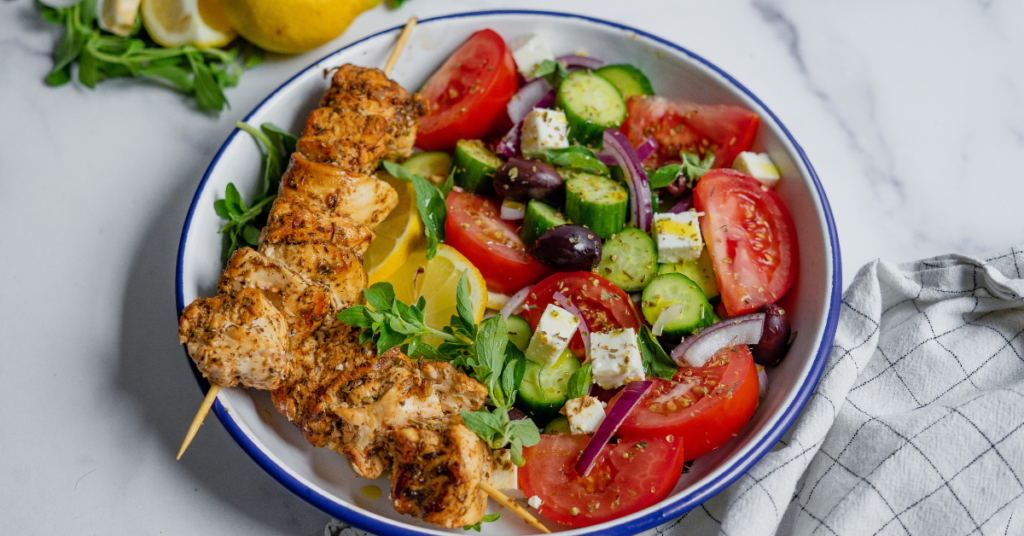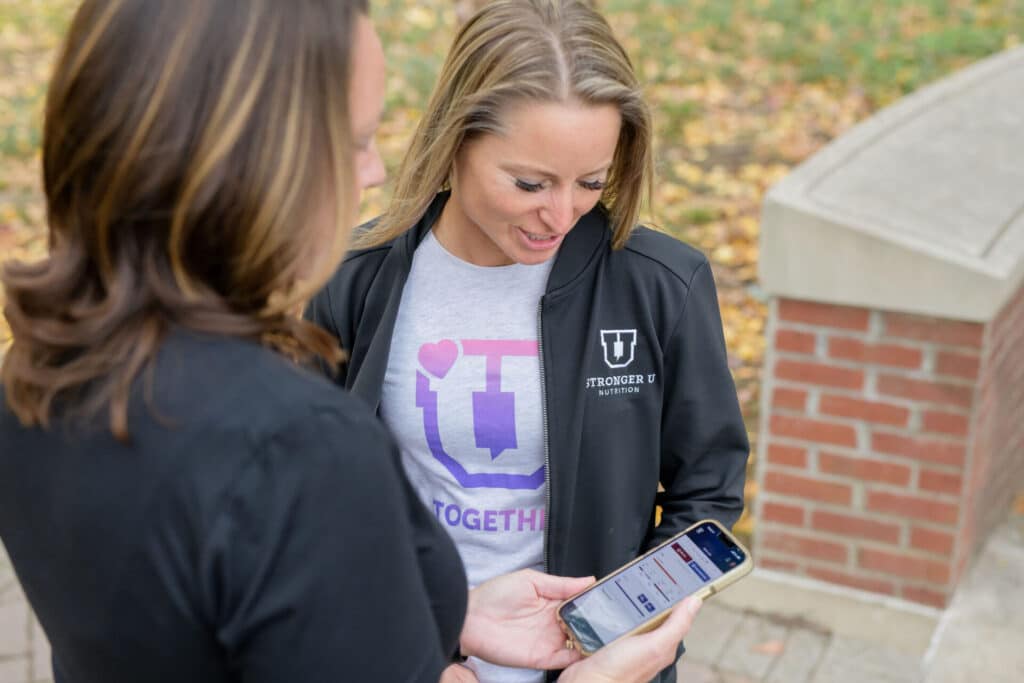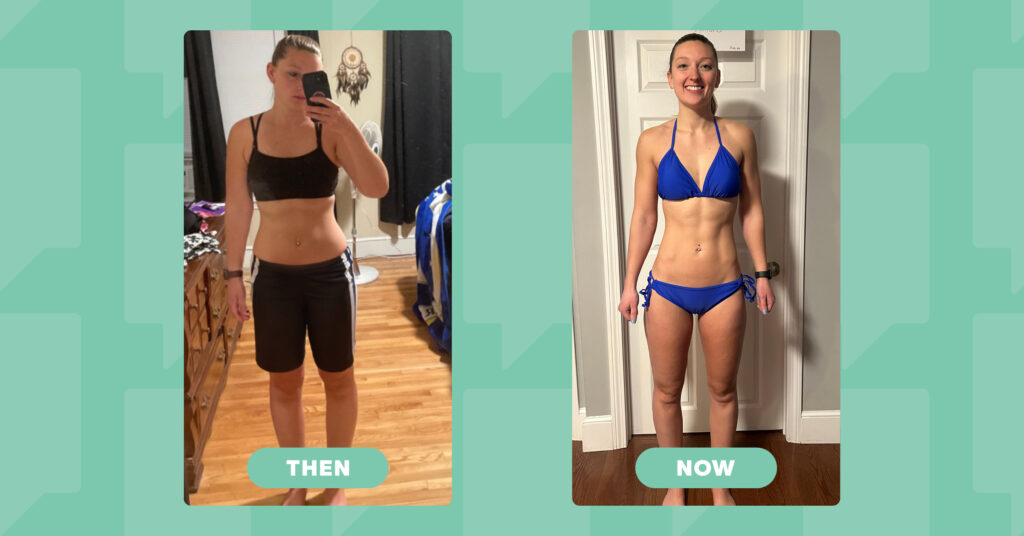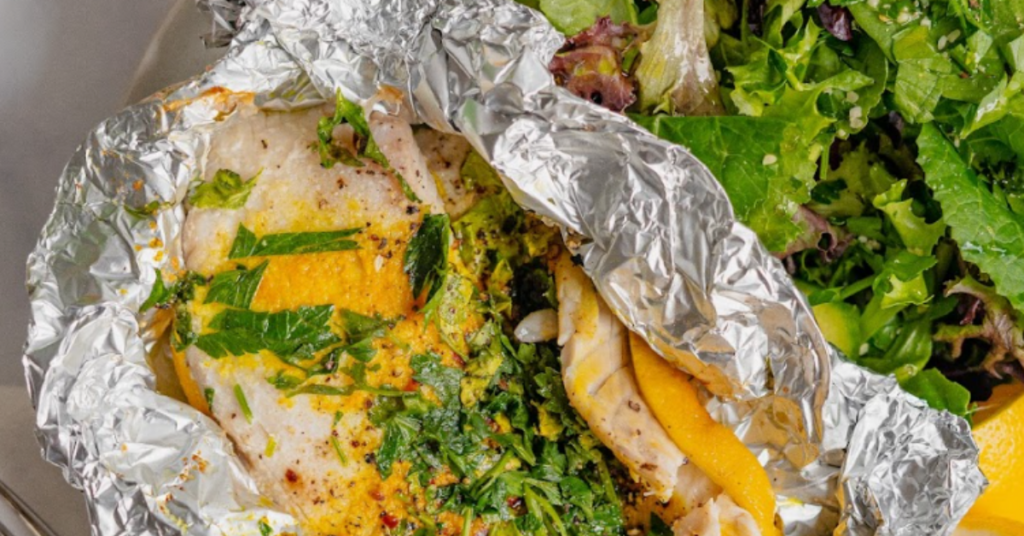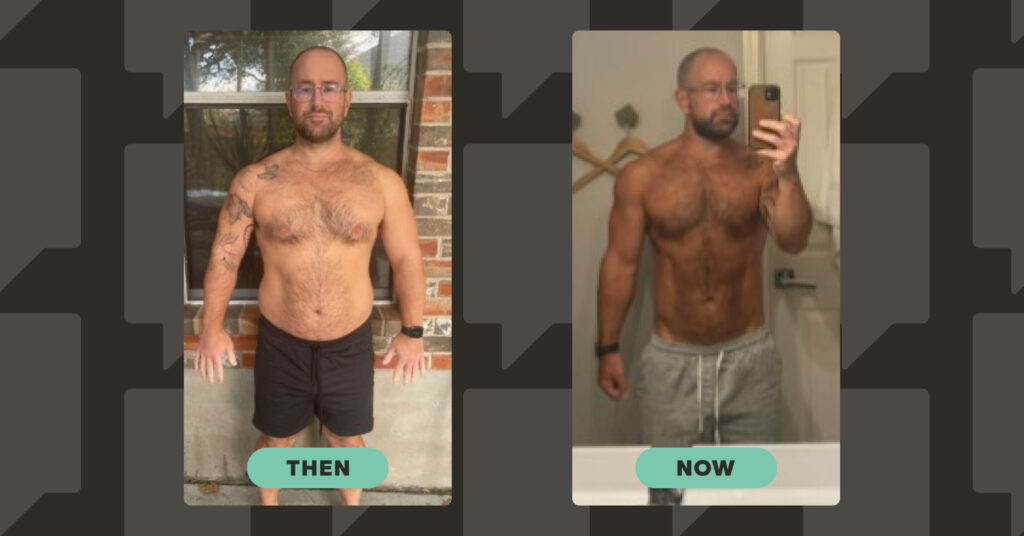Diet trends appeal to most people based on the idea their method of creating a calorie deficit is the easiest to follow, tastiest, or least amount of work to get the results you want. That’s what gets the most attention because change is hard. People, at their core, want to be as comfortable as possible as much as possible.
A diet can still be healthy and unsustainable. The length of a weight loss program should be progressively shorter the more drastic the calorie deficit. Aggressive calorie restriction can be done safely for up to 12 weeks, but should be followed by up to 6 weeks of a maintenance phase. These types of diets generally do not teach habits and strategies you can use for the rest of your life. Once these diets finish, there are no skills to fall back on. The ideal program will teach people sustainable healthy eating habits and skills that last a lifetime.
For weight loss to happen, there must be a strategy to eat fewer calories than we burn consistently. That’s it. There are infinite ways to create this calorie deficit. The most effective way to lose weight and keep it off is by changing your daily behaviors to support weight loss over time.
Good thing you’ve found Stronger U.
CHOICES ABOUND
It’s easy to get overwhelmed by choice with so many different diets and trends out there. In the past few years, I’ve witnessed increasingly rigid and extreme diets gain popularity with the proliferation of false and misleading nutrition information, largely due to how and where people get their dieting information. Facts take six times longer to spread than misinformation, while misinformation gets shared 70% more than facts on Twitter. When enough people like, share, or retweet something, the information reaches a point where it doesn’t seem to matter if what’s being shared is accurate.
The most infamous example of misinformation spreading and becoming ubiquitous is the nutrition trend that women need a 1,200-calorie diet to lose weight. This was first published in the 1918 book Diet and Health: With Key to the Calories, written by Dr. Lulu Hunt. Science now has proven there is no one-size-fits-all diet approach. Everybody is different and each body has different needs every day based on a person’s goals, movement, exercise, stress, sleep, activity, and other variables.
People spent $254.9 billion worldwide on the diet industry in 2021 and are projected to spend $377.3 billion by 2026. Given how large and profitable the diet industry is, we will continue to see new nutrition trends and the multiple red flags that accompany them.
Recent trending diets share a few common traits. They try to sound as appealing as possible in how they go about restricting calorie intake. Keto lets you put butter on bacon. Intermittent fasting lets you eat as much as you want in a small window of time each day. The carnivore diet says to only eat meat. Some diets appeal more to a person’s altruism and values than anything else. The point is that there is a diet out there for everyone.
SEARCHING FOR RED FLAGS
We know that eating undercooked or raw meat puts our body at risk for harm from bacteria and parasites. Cooking meat kills bacteria and parasites, making it safer to eat. A bodybuilding barbarian eating raw organ meats shirtless has over a million followers on Instagram. Can you trust his message to eat raw organ meat? The short answer? No. The long answer? Nooo.
There are specific things to look for that will help you better understand diet trends. Some are more obvious than others.
Please keep in mind that I’m not placing these in any particular order of importance.
🚩 #1: False Claims
Claiming outlandish results gets the most traction and the most attention, especially if they’re also claiming to provide weight loss fast and easily. The reality is fastest recommended weight loss rate is 0.5 – 1% of body weight per week. Sure, weight can be lost at a faster rate, but there are significant health concerns if done for prolonged time.
🚩#2: Buzz words
Hack, superfood, detox, all-natural, chemical-free, clean eating, “good” and “bad” foods, processed, proprietary, and boost are examples of utterly useless buzz words when describing food and food products. It’s all marketing. These words are being used in ways that are either unsupported by legitimate research or are flat out false. My favorite example is when something is said to be chemical-free. Everything you can see, breathe, touch, or ingest is made of chemicals. Literally all matter in the universe is made of chemicals. Unless you’re having a literal ‘nothing burger’, you’re having chemicals.
🚩#3: Novelty
People are drawn to new things, especially if it is trending. Whether it’s a new diet strategy, new piece of technology, a gadget, or mindset, people are willing to try out something new even if there is no evidence that it will work for them. New technology in the fitness world is notoriously inaccurate. Your smart watch exercise trackers, heart rate reader, oxygen saturation measurements, and sleep trackers all started out as fairly inaccurate and have slowly gotten better with more data collection over the years. The technology is still very far behind medical-grade equipment. New doesn’t mean better.
🚩#4: Emotional appeal
Emotional appeals are a marketing strategy made to get people to feel a certain way in an effort to get the person to buy their product or services. Some nutrition trends will find your pain points and jab their finger right in. They might even throw a little salt in your old wounds. If an emotional appeal is making you feel bad about yourself or the choices you’ve made, that’s a red flag. You can’t hate yourself into making positive changes. It’s one thing to address issues that you’ve had in the past in an effort to help you learn and grow as a person. Punching down is another thing.
🚩#5: Incomplete science
Incomplete science is possibly the most dangerous red flag. Charlatans often use incomplete science to sell their products using buzz words. They’ll say a few big science-y sounding words and talk fast enough with conviction that people believe them to be genuine experts. What you’ll see these people do, without fail, is sell you the idea that you have a problem then quickly sell you the solution to that made up problem.
🚩#6: Rigid rules
Rigid rules are far too common with diet and nutrition trends. These rules are traditionally based on avoidance instead of abundance. Avoidance is generally considered a maladaptive behavior that results in more fear and anxiety. Trying to avoid something makes things worse. You may have heard some avoidance-based food rules before:
- No grains
- No fruit
- No dairy
- No carbs, ever
- No sugar
- No joy
Someone operating under the false assumption that carbs are bad for you will look for a weight loss diet that limits carbs as much as possible. The problem isn’t that carbs are bad, because no food is good or bad. The problem is energy balance: too many calories being eaten compared to how many get burned.
At Stronger U, no food is off limits. Learning how eating the right amounts of each macronutrient helps with optimal body function and ultimately build a healthier relationship with food.
What Can You Do?
All diets work by creating a consistent calorie deficit. Whether it’s shrinking the time frame you eat in a day, reducing a macronutrient like carbohydrate to almost nothing, restricting food choices, or slowing down the speed you eat, all of these strategies address energy balance. They all work from different angles but work in the same way.
KEY QUESTIONS
Does the trend attempt to solve a problem I have been struggling with lately?
How does it make me feel?
Does this help address my health goals in a safe way at the root cause?
Is it creating and then solving a problem that doesn’t exist?
Is this sustainable for me?
Will this nutritional trend make me healthier a year from now?
Does this help me become the person I want to be?
Research Links:
https://www.researchandmarkets.com/reports/5393446/global-weight-loss-products-and-services-market
https://news.mit.edu/2018/study-twitter-false-news-travels-faster-true-stories-0308
https://www.ncbi.nlm.nih.gov/pmc/articles/PMC8305097/
https://www.ncbi.nlm.nih.gov/pmc/articles/PMC7055753/
https://www.ncbi.nlm.nih.gov/pmc/articles/PMC5879019/
https://www.ncbi.nlm.nih.gov/pmc/articles/PMC6194095/
https://bmjopen.bmj.com/content/11/7/e052446.abstract
https://www.sciencedirect.com/science/article/abs/pii/S0277953607002894
https://link.springer.com/article/10.1007/s11938-019-00248-z
https://journals.sagepub.com/doi/abs/10.2190/AG.73.3.d
https://papers.ssrn.com/sol3/papers.cfm?abstract_id=2744433
https://www.sciencedirect.com/science/article/abs/pii/S1477513119304115
https://academic.oup.com/her/article/23/4/648/589794?login=true



